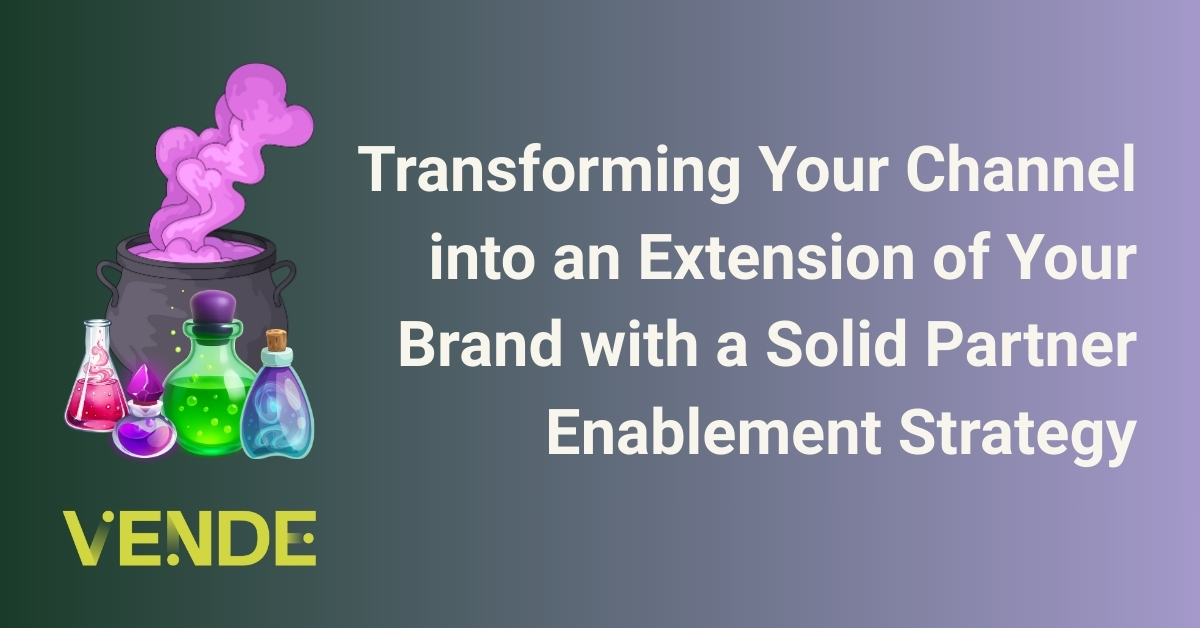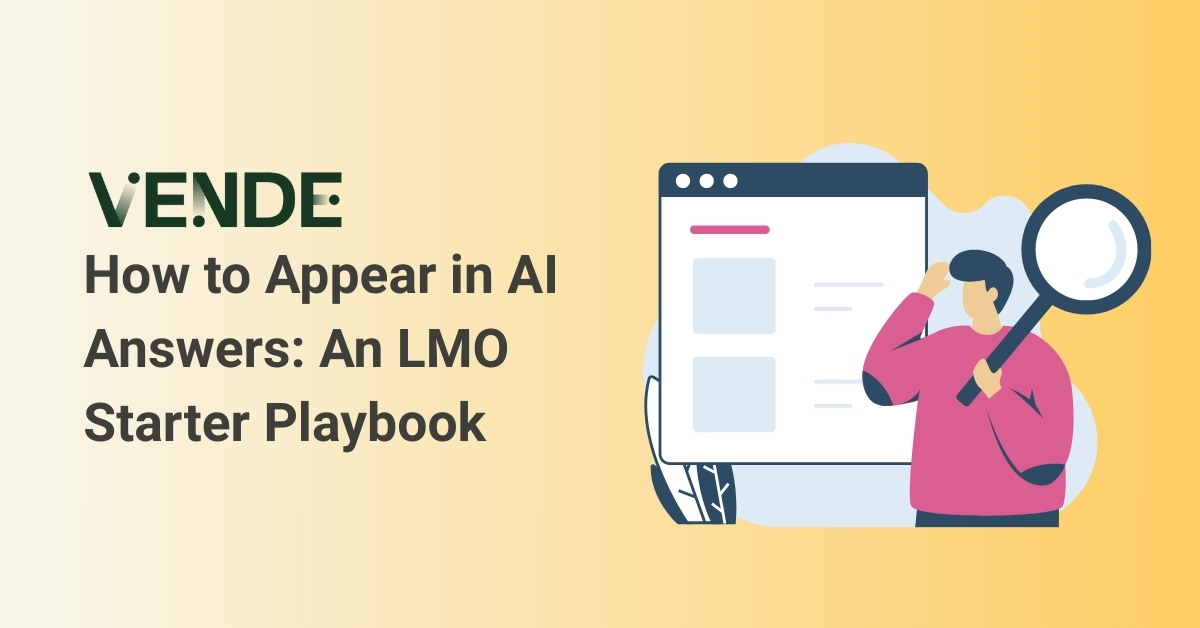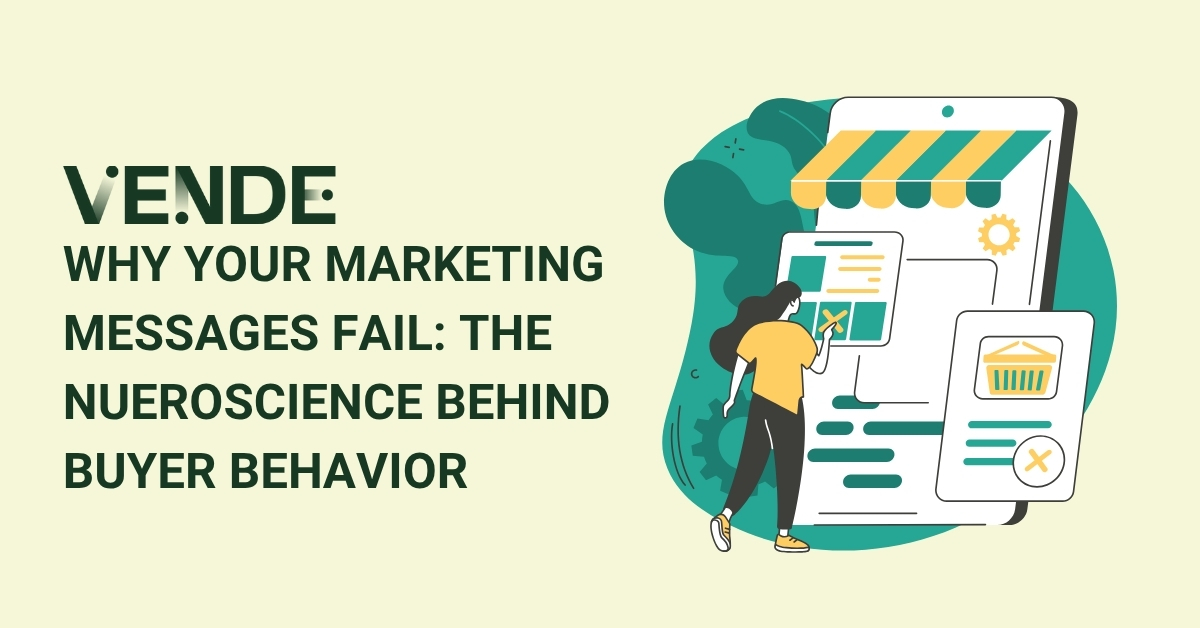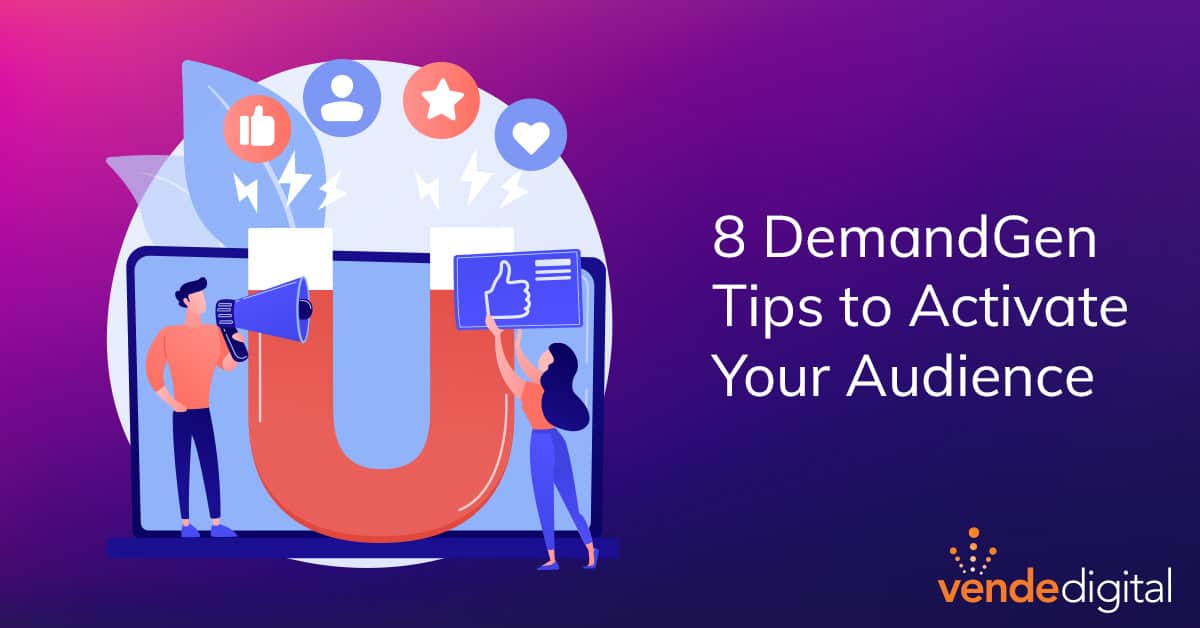
8 Demand Generation Tips to Activate Your Audience and Grow Your Pipeline
In 2007, The Washington Post did a unique study with Joshua Bell, the world-renowned concert violinist. He was placed in a subway station wearing plain clothes. He played his violin for tips; the same beautiful music fans are happy to pay $100+ a ticket to hear. Over 1,000 people passed him by during his subway concert. His one-hour performance was less than $40.

Pretty baffling, right? After all, the quality of the final product is the same. How can the same hour’s worth of effort lead to such drastically different results?
Does this feel familiar?
You have a terrific product and helpful information to share with your target audience that will help their business if they just know about it. But prospects just pass you by without paying any attention.
You aren’t alone. Many businesses have trouble getting their message in front of buyers. Part of the problem is that buyers no longer use the same old methods to learn about new solutions. Today's buyers are more sophisticated. They are learning about ways to solve problems on their own. They're flocking to social media and communities to learn about products and services that will help them.
According to a study from IDG, 83% of C-suite leaders are influenced by social media when making purchasing decisions. The influence of social selling and the power of word-of-mouth has completely transformed the marketing landscape.
Only relying on traditional marketing channels such as tradeshow booths, guest speaking at conferences, running ads in trade magazines, and arming your sales team with the latest study, won’t cut it anymore.
If you want to activate your audience, you will need to take your helpful information, break it down into bite-size channel relevant content, and deliver it where your buyers go to learn.
This article will help you generate demand for your business by getting the attention of your ideal customers. It will also show you how to get them excited about how you can help their business. The result will be:
- Increased engagement on your social posts
- More registrations to your events
- Qualified traffic to your website
- More leads, pipeline, and sales
Activating Your Audience Comes Down to Content, Distribution, and Consumption
Most businesses aren't producing and distributing enough content. It’s that simple. They have plenty of helpful information to share with their audience, but it's just locked up in the heads of their subject matter experts.
Producing a blog a couple of times a month isn't enough. Think about how much traffic your website gets in a month. Now compare that to the 675 million monthly users on LinkedIn alone. If you aren’t engaging with your buyers on channels where they go to learn, then you’re losing an opportunity to get in front of buyers early in the process.
Businesses need a framework for:
- Developing the best topics that matter to their customer
- Ensuring the content gets produced and formatted for the proper channels
- Distributing the content where buyers go to learn
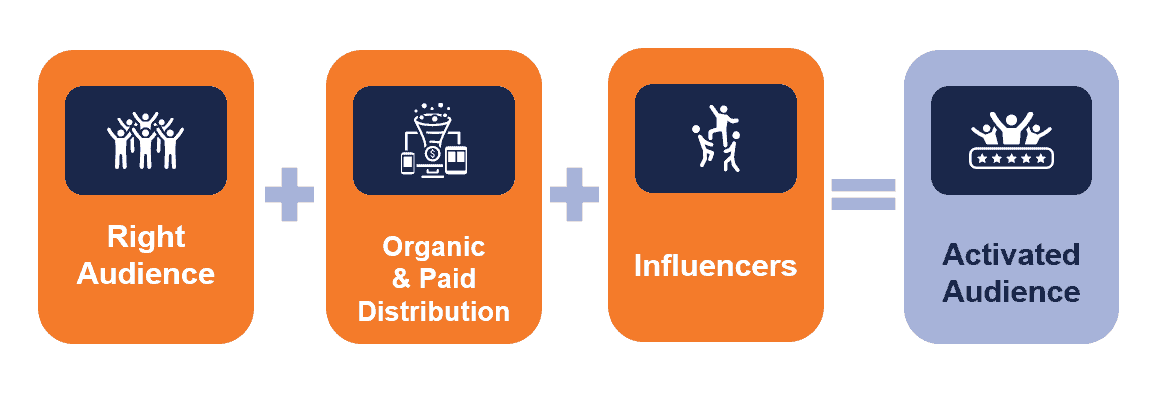
Businesses that have figured out a way to activate their audience through content production and distribution stand out from the crowd and ultimately win more deals.
Activate Your Audience Using These 8 Steps
We get it; you’re busy. This isn’t the only thing on your plate. That’s why we have condensed everything we know about activating your audience into these 8 steps. (In a rush? Skip to the cheat sheet below for the TL;DR version of these steps.)
At Vende Digital, we’ve been helping B2B companies leverage digital marketing to activate their audience for over 20 years. We’ve seen it all. While the channels and tactics have changed, the fundamentals haven't.
Buyers still need useful information to help them make informed purchase decisions. Our job as B2B marketers is to understand the information they need at each stage of their journey and package it up in an easy format for them to consume.
In a previous post, we provided a 6 Step Framework for Developing a Content Strategy for Demand Generation, a prerequisite for activating your audience. This post will focus on a simple framework for using your content to get your buyer's attention and motivate them to learn more about your solution.
Step One: Dial in your Ideal Customer Profile (ICP) - Your business can't be everything to everybody. You must hone in on your very best customer and make sure you are targeting them. Here is a post that will help you identify your ICP. Think back to the study with the violinist, Joshua Bell. That’s the difference between appealing to a passionate audience and…random strangers on the street.
Step Two: Build an Audience and Promote Content - Building an audience that reaches your ICP without a lot of waste can be tricky. The goal shouldn’t be lead generation but rather content consumption. You want to educate the buyer on their current situation and show them a better way to solve their problem.
Step Three: Test, Test, Test - To get the most out of your social ads, you must test multiple headlines, copy, and creativity. It's the only way to dial in what your audience will genuinely like. Start with 3-5 headlines and test each headline's long and short copy—test different creative (images). We try an infographic against a picture of a person. Load them all up in one campaign and see which one gets the most impact. Take the best content and create new articles and new posts.
Step Four: Retarget ICPs who visit your website with more helpful information - Leverage retargeting creatively by providing more information to website visitors. If ICPs leave your site without following your CTA, the next best step is to continue targeting them with information that’s tailored to their current stage of awareness. Instead of bombarding them with more ads to “book a discovery call,” try providing more benefits and selling points that are likely to entice them back to your site to learn more.
Step Five: Get employees to share content on their profiles - Employee Amplification is one of the easiest yet most overlooked methods to increase your content’s visibility. When your employees are doing work that they’re proud of, it’s exciting to spread the word. However, C-Suite executives must lead the team by example by promoting the company’s content on their profiles.
Step Six: Have reps reach out to MQLs on social media - Social selling isn’t just another marketing tactic; it’s the most effective way modern marketers connect directly with their audiences today. Most marketing is one-to-many, but social media allows your sales reps to communicate directly with your customers and audience. By answering questions, participating in discussions, and becoming an active part of their online experience, you can build far more meaningful relationships with them beyond simply providing a product or service.
Step Seven: Leverage influencers in your industry - Before, one of the fastest ways to build authority as an expert in your category was to speak at events and conferences. Now, podcasts have become the new trade shows where influencers curate the latest thought leadership for their audiences. Whether it’s podcasts, guest blogs, or partnerships, tapping into the dedicated followings created by influencers is a sure way to add wings to your marketing efforts.
Step Eight: Topical SEO vs. product feature SEO - Google isn’t the first place people learn about products anymore. But that doesn’t mean they aren’t using it to research before making a purchase--especially more significant ones. You have to adjust your keyword strategy to match current search trends. For example, “CRM software” to “CRM implementation.” Craft your content to answer their most pressing questions, and they’ll be far more likely to come back to you when they’re ready to purchase.
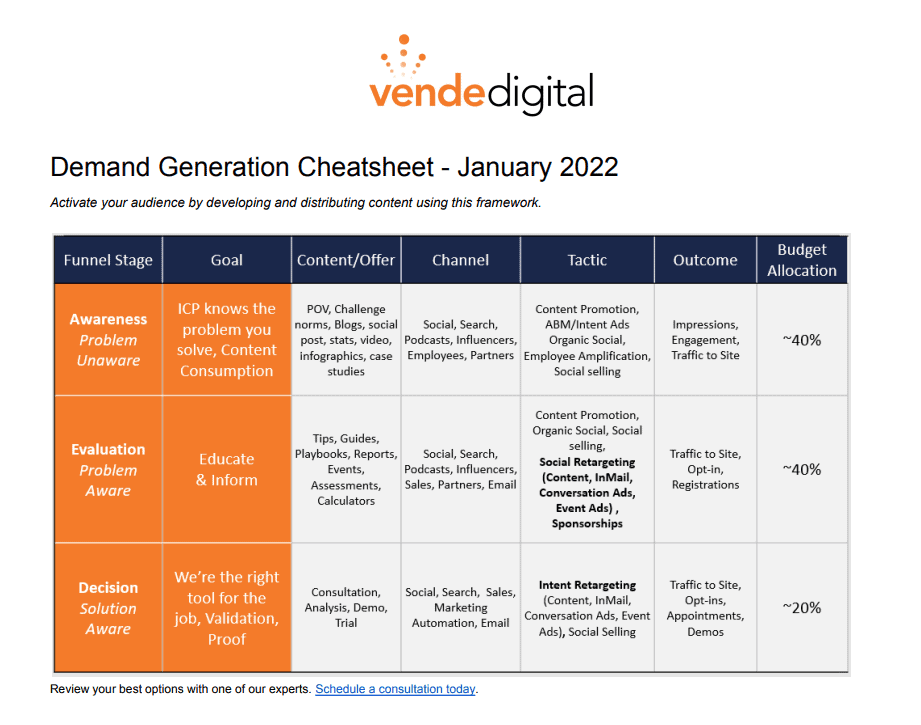
Key Takeaways:
- Activating your audience requires more than just providing outstanding products and services. You need to create a steady stream of content and deliver it directly to audiences who have just the itch for you to scratch.
- You can activate your audience by dialing into your ICP, understanding the questions they’re asking and who is their go-to for answers, and adopting a range of strategies to position yourself in front of them to provide value until (and after) they’re ready to buy.
After you've executed this framework and been consistent, you'll have an excited audience that is hungry for your knowledge and information, coming to your website often, and most importantly, engaging with your resources and ultimately reaching out to your sales team.
If you don't activate your audience in 2022, your competition will pass you by because traditional marketing, although still effective, is becoming a smaller and smaller piece of the marketing pie.
The pandemic accelerated the trend of online purchases encroaching on brick-and-mortar sales. With customers spending more and more time online, if you don’t have a strategy to capture the attention of your audience, you can bet that your competitors do.
How Can We Help?
Does your business need a hand implementing these steps to activate your audience? We offer strategic planning, persona development, and content marketing services that can help. If you are ready to develop a story-building trust and motivation, then sign up for a complimentary initial consultation/discovery meeting. Schedule yours today, and let’s see if we can help.
